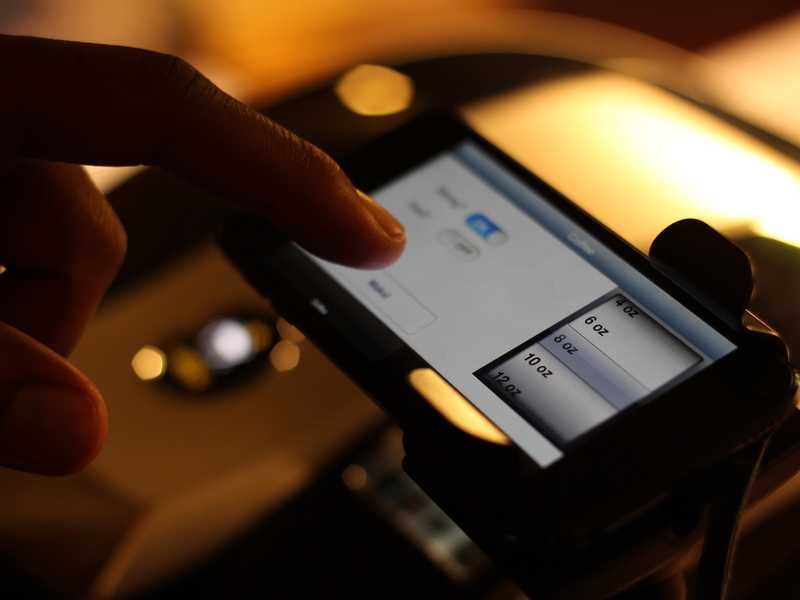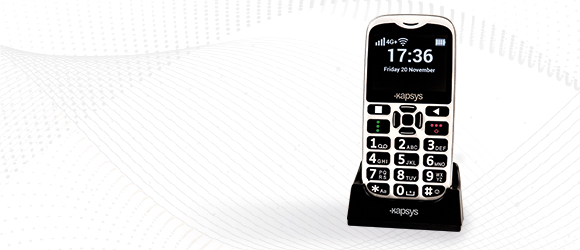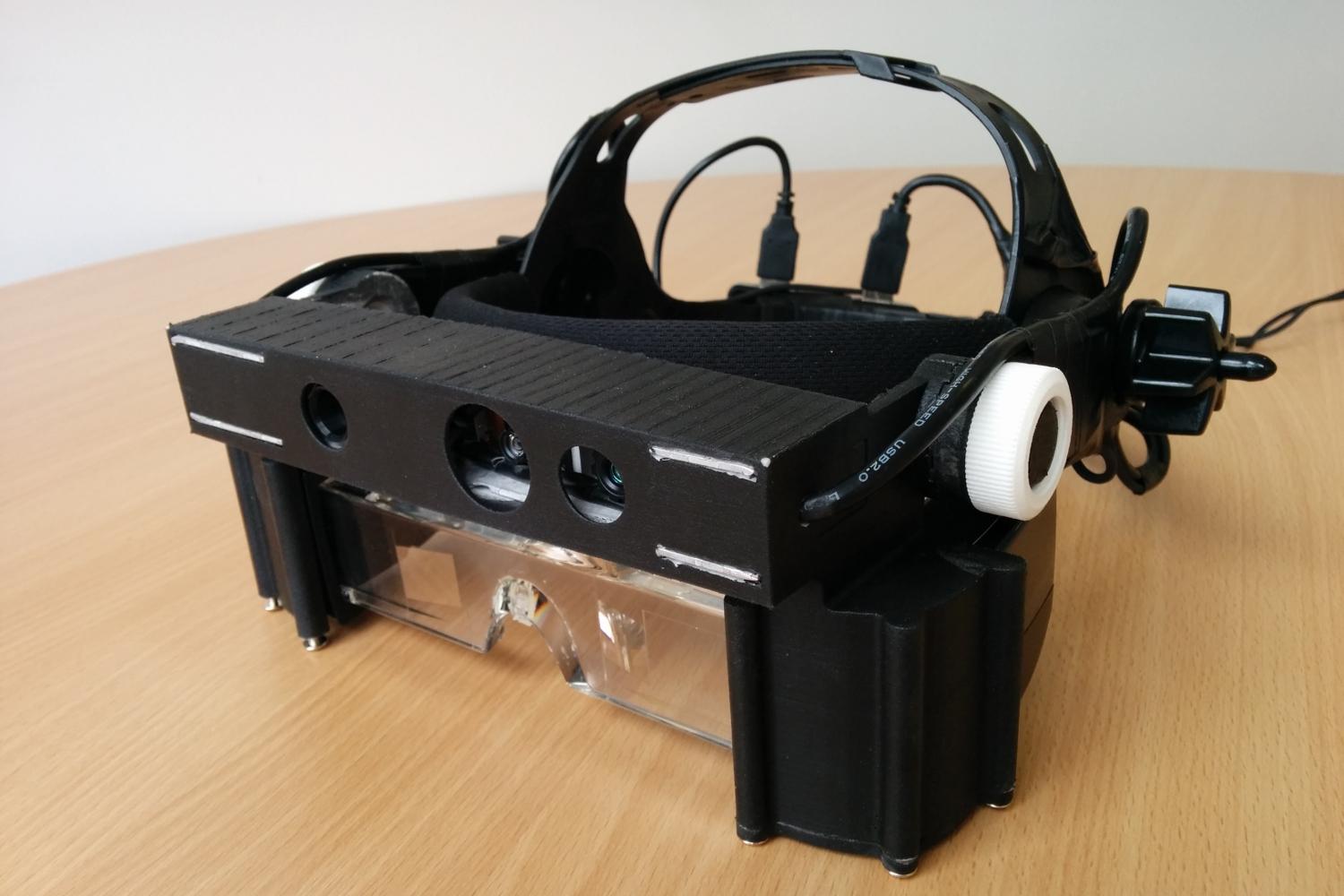Screen Readers for the Blind: Essential Tools for Digital Access
Screen Readers for the Blind: Essential Tools for Digital Access
Blog Article
Discover Ingenious Devices Created for the Visually Impaired
The development of cutting-edge devices for the visually impaired represents a considerable advancement in accessibility and independence. Technologies such as wise glasses with AI abilities and mobile applications created to supply auditory summaries are improving everyday experiences for individuals. In addition, wearable devices that use haptic feedback enhance ecological understanding, while modern-day Braille technologies use new means to engage with text. As these tools continue to progress, their influence on the lives of those with aesthetic problems elevates essential inquiries about the future of inclusivity and autonomy in numerous facets of life. What lies ahead in this technical landscape?
Smart Glasses for Navigation

Smart glasses designed for navigation are reinventing the means aesthetically damaged people connect with their environment. These advanced tools use a combination of video camera technology, expert system, and acoustic responses to supply real-time info concerning surroundings. By using challenge detection systems, smart glasses can alert individuals to potential dangers, enabling safer mobility in both acquainted and unknown setups.
The assimilation of GPS technology even more enhances navigating capacities, allowing individuals to receive auditory instructions as they relocate. This hands-free approach not only promotes freedom yet also encourages aesthetically damaged people to browse city landscapes with raised self-confidence. Furthermore, many clever glasses are geared up with features that identify landmarks and road indications, offering contextual information that improves the individual experience.
Moreover, the growth of these devices is continually progressing, with firms working to boost the precision of things recognition and increase the variety of navigational attributes. As clever glasses come to be more inexpensive and obtainable, they hold the possible to substantially transform day-to-day live for aesthetically impaired individuals. Eventually, these cutting-edge devices represent an essential step towards inclusivity, offering enhanced flexibility and a greater sense of freedom for individuals navigating the globe around them.

Mobile Apps for Daily Living
Exactly how can mobile applications boost the day-to-days live of aesthetically impaired individuals? Mobile apps are changing the means visually damaged individuals browse their atmospheres, take care of daily tasks, and accessibility info. These applications supply essential assistance via various functionalities, cultivating self-reliance and boosting lifestyle.
Several cutting-edge mobile apps are developed particularly for day-to-day living. Applications like Be My Eyes link visually impaired individuals with sighted volunteers via video clip phone calls, allowing them to obtain real-time assistance with jobs such as reading labels or navigating unknown spaces. Seeing AI, established by Microsoft, uses artificial knowledge to define surroundings, read text, and determine things, efficiently transforming a smart device into a powerful device for daily support.
Additionally, navigation apps tailored for the visually impaired, such as Aira and BlindSquare, offer audio-based instructions and environmental info, enabling customers to traverse their surroundings safely and confidently. Past navigation and immediate help, mobile applications additionally support organization and job management, with features that aid users set tips, produce order of business, and track consultations. In recap, mobile applications function as essential resources, empowering aesthetically damaged people to lead more independent and satisfying lives.
Wearable Technologies for Help
Empowerment via innovation is increasingly obvious in the realm of wearable devices created to aid aesthetically impaired individuals. These innovative devices click here now integrate effortlessly into day-to-day live, improving navigating and offering crucial feedback to users. Clever glasses equipped with cams can identify faces and review message aloud, permitting customers to engage more with confidence in social and specialist setups.
Another remarkable improvement is the use of haptic feedback systems in wearable devices. These systems use vibrations or various other tactile signals to share information concerning the user's environment, such as challenges or changes in terrain, improving movement and safety and security. Wearable innovations also consist of wristbands that link to smartphones, signaling users to notices through subtle resonances, thus boosting connectivity without reliance on visual signs.
As these technologies proceed to progress, they are not only improving self-reliance for visually impaired people yet additionally cultivating a higher sense of incorporation in culture. By linking the space in between challenges dealt with in daily living and the capacity for freedom, wearable technologies work as pivotal tools in the pursuit for equality and empowerment for those with aesthetic disabilities.
Audio Summary Devices
Sound summary tools play an essential duty in improving ease of access for aesthetically impaired individuals, supplying them with the capacity to involve with aesthetic media. Speech-to-text devices for low vision. These devices use narrated summaries of essential visual aspects in movies, tv shows, and live efficiencies, making sure that users can fully understand the context and feelings shared through visuals
Audio description can be incorporated into different platforms, consisting of streaming solutions, cinema testings, and live theater. Lots of popular streaming solutions currently consist of audio summary as an ease of access feature, permitting viewers to choose it quickly. In enhancement to traditional media, specialized apps also exist, supplying audio summaries for art exhibitions, museums, and various other social occasions.
The efficiency of audio description rests on the ability of the narrators, who must convey aesthetic details succinctly without interfering with the initial audio. Innovations in this field are additionally leading the way for even more customized experiences, where individuals can readjust the level of detail and pacing according to their choices.
Braille Innovations and Tools
Braille advancements and tools have actually significantly changed the way visually damaged people connect with message and details. Modern improvements have actually resulted in the development of versatile tools that enhance literacy and freedom among users. Significantly, Braille display modern technologies have progressed, enabling dynamic analysis experiences. These tools convert electronic text right into Braille, allowing individuals to access a vast selection of info on computers, smart devices, and tablets.
Additionally, mobile Braille notetakers incorporate traditional Braille input with contemporary capabilities, facilitating note-taking, scheduling, and paper editing and enhancing on the move. OCR devices for the blind. These small tools commonly include text-to-speech capabilities, bridging the space between Braille and auditory information
Furthermore, innovative Braille printers have arised, allowing individuals to generate Braille tags, files, and academic products efficiently. This accessibility cultivates greater involvement in expert and academic environments, ultimately promoting inclusivity.
Furthermore, research into wise Braille innovations remains to expand. Devices that include man-made intelligence are being checked out to offer real-time navigation aid and contextual information, boosting the customer experience this hyperlink in varied setups. In general, these innovations mirror a commitment to empowering visually impaired individuals with innovation, ensuring they check over here can easily gain access to and engage with the globe around them.

Conclusion
The improvement of ingenious tools for the aesthetically damaged significantly boosts self-reliance and top quality of life. These innovations not only foster higher incorporation but additionally promote freedom in everyday activities, ultimately adding to an extra equitable and accessible culture for visually damaged people.
As smart glasses end up being extra inexpensive and accessible, they hold the prospective to dramatically change daily life for visually damaged users. Mobile applications are revolutionizing the method visually damaged individuals navigate their atmospheres, take care of day-to-day jobs, and access info. Applications like Be My Eyes attach aesthetically impaired individuals with sighted volunteers by means of video phone calls, enabling them to receive real-time help with tasks such as reading tags or browsing strange spaces.In addition, navigating apps tailored for the aesthetically damaged, such as Aira and BlindSquare, supply audio-based instructions and ecological details, allowing individuals to traverse their environments securely and with confidence.The development of cutting-edge tools for the visually damaged significantly enhances self-reliance and high quality of life.
Report this page